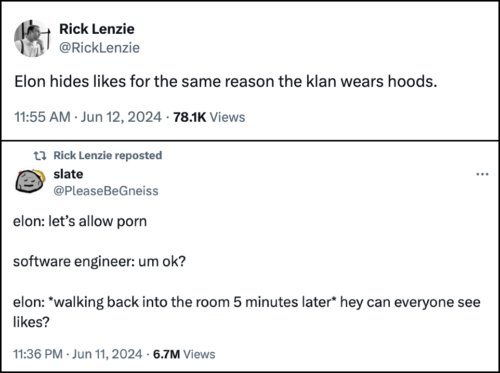True Germans in East Berlin absolutely hate Putin. Their Soviet-built WWII memorials and museums, commemorating veterans, even spell it out by prominently displaying Ukrainian flags and some even describing Putin as a modern-day Hitler.
Since 24 February 2022, only the Ukrainian flag has been raised in front of the museum, not the Belarusian, German, Russian and Ukrainian flags as before. This is a sign that the museum’s employees continue to condemn the Russian Federation’s war of aggression against Ukraine in the strongest possible terms. […] The Russian government is currently misusing the history of the Second World War for its war propaganda. The museum is strictly opposed to such instrumentalisation.

It should come as no surprise then that German courts are not having it when the modern Nazi party in Germany (AfD) is illegally bringing Putin’s henchmen into their government.
AfD employee obtained German passport fraudulently a court has confirmed: The former employee of an AfD member of the Bundestag has lost his German citizenship. According to SPIEGEL information, he is said to have fraudulently deceived the authorities during his naturalization process.
On a related note, Putin’s Dresden-based job in the KGB during the 1980s was to grow AfD-like political factions (even masked as football athletic clubs), to destabilize political systems in the West.
…investigation led to the arrest and indictment of five former Stasi counterterrorism officers for conspiring with the group to bomb a major U.S. army base in Ramstein in southwest Germany in 1981 and attempting to kill a U.S. general. …they would hand Putin and his colleagues a list. Somehow, this list would later end up with an agent in the West, and the requested weapons would be dropped in a secret location….
Perhaps also interesting is Putin’s other work at this time 1) sowing anti-Israel sentiment in Arab communities 2) training and growing Palestinian terror groups.


